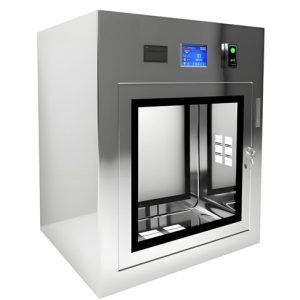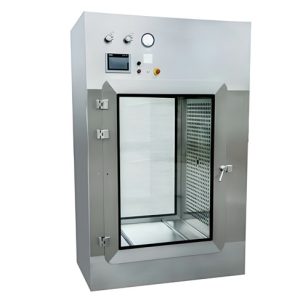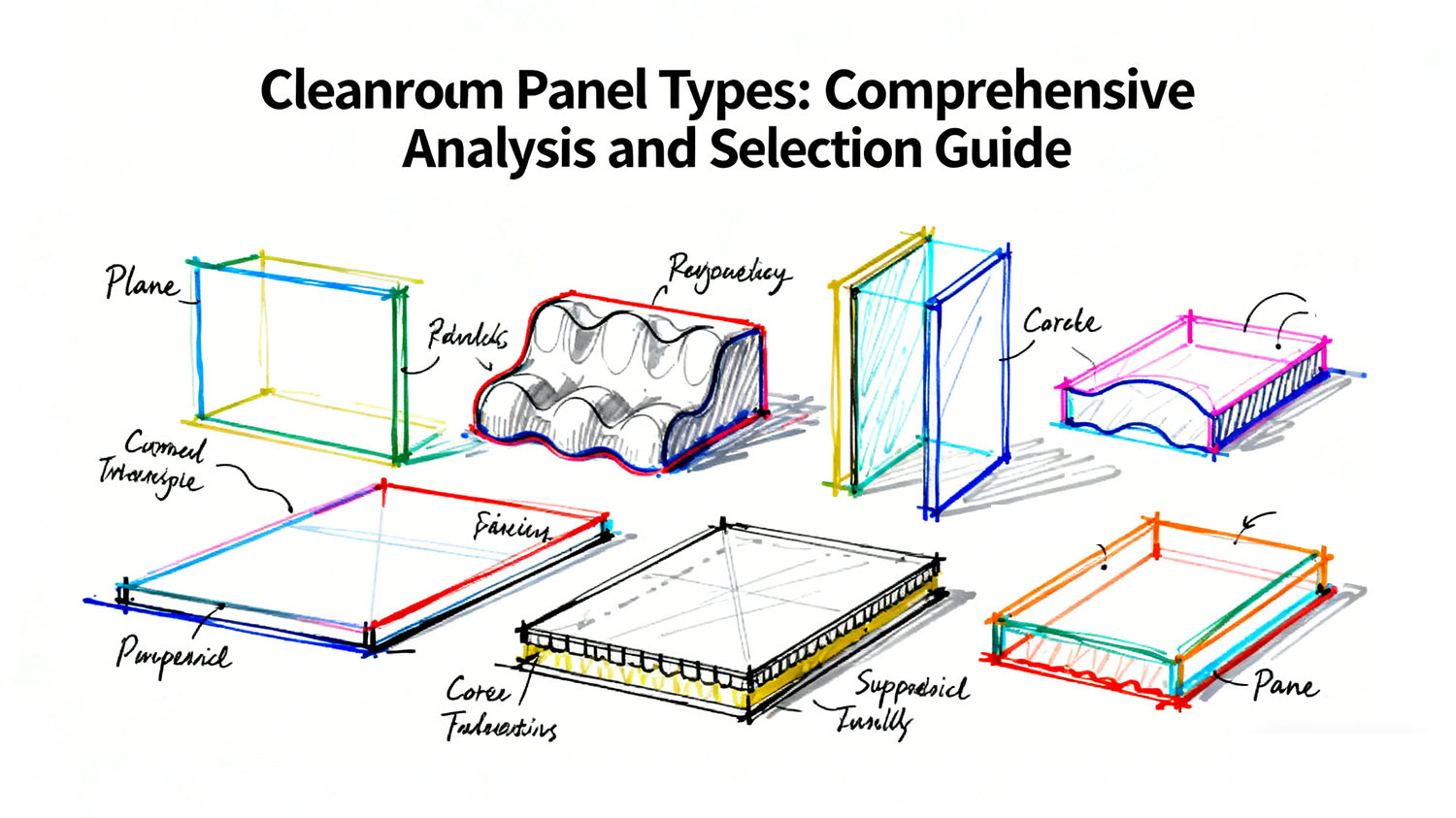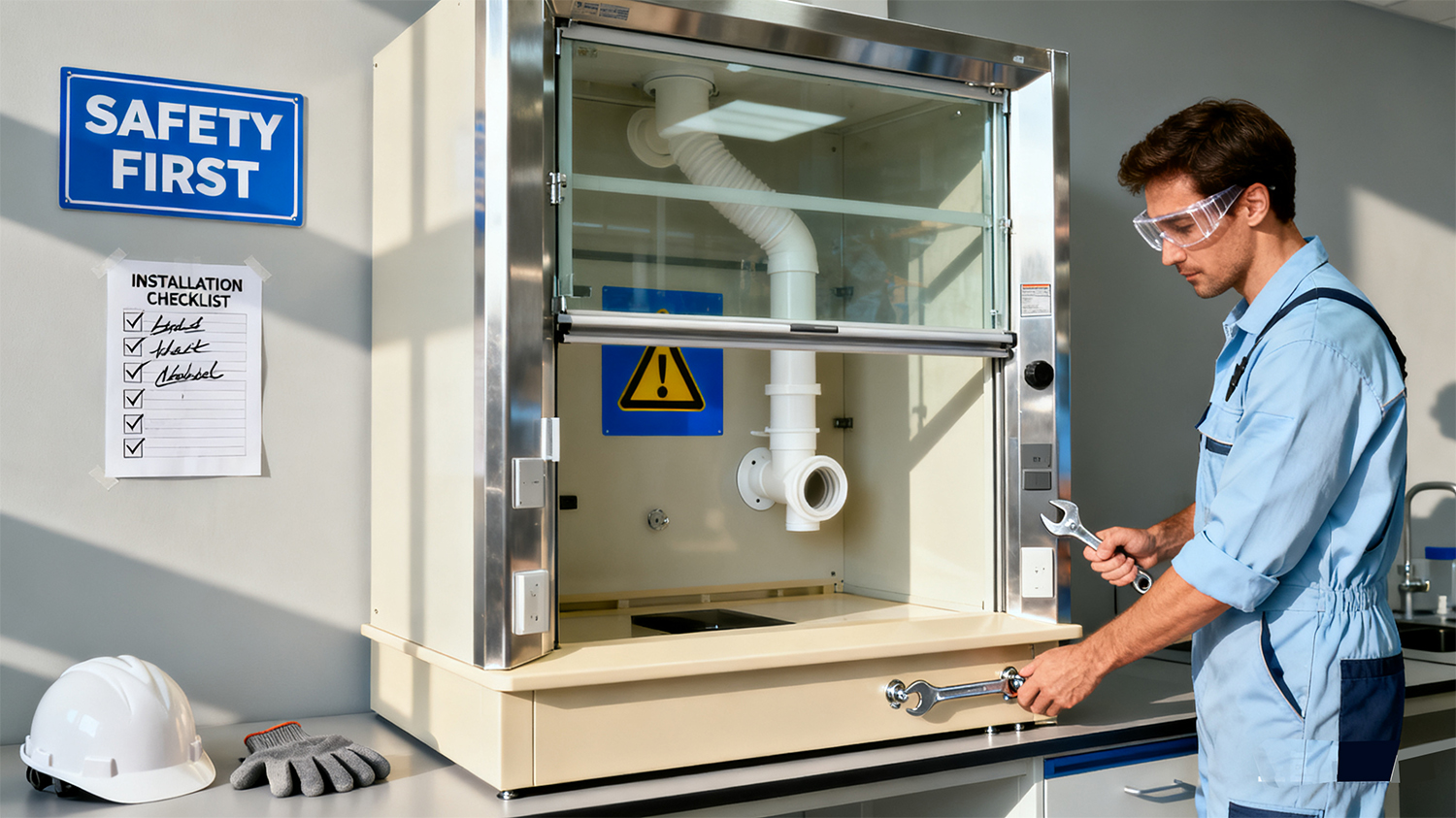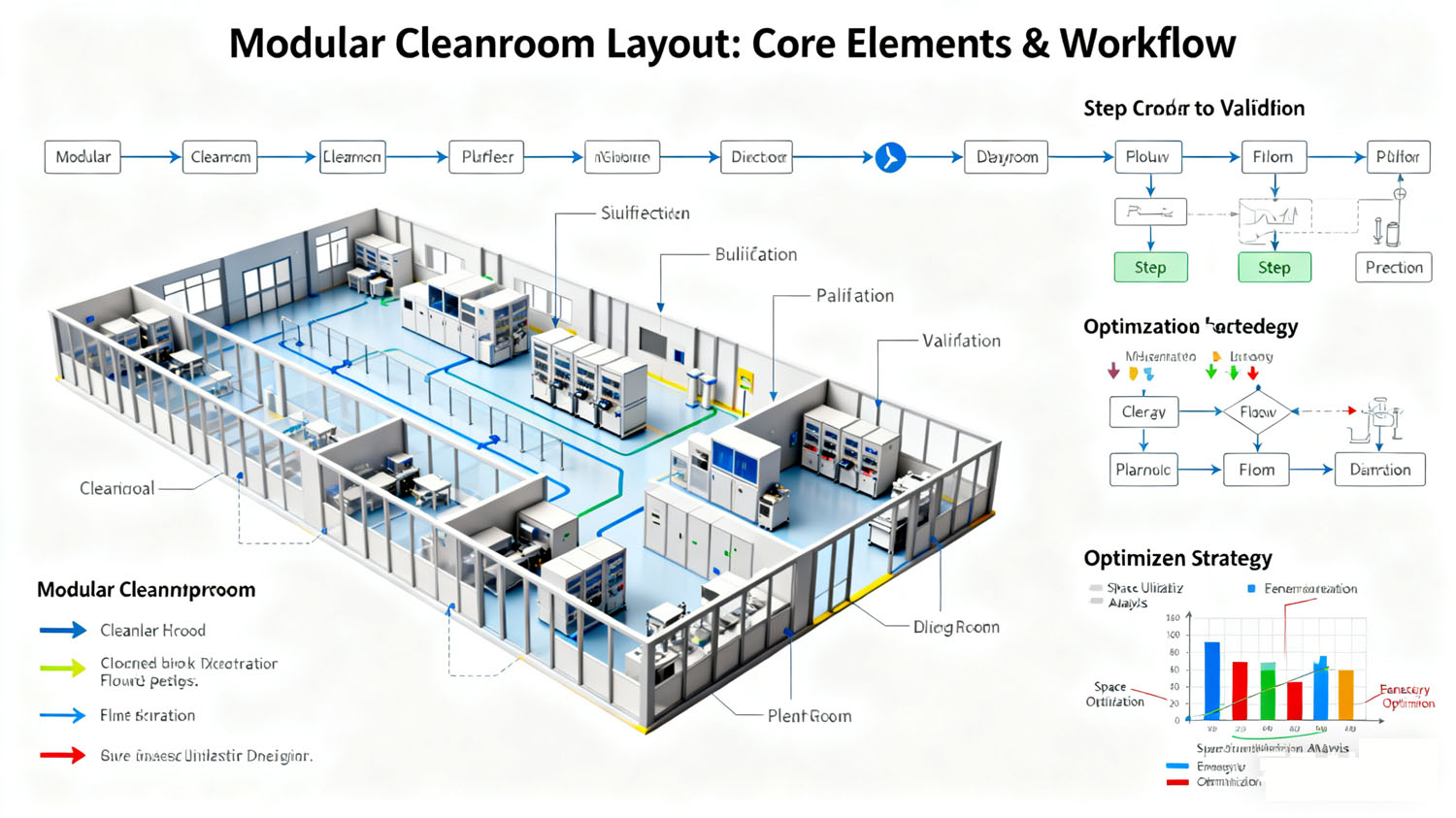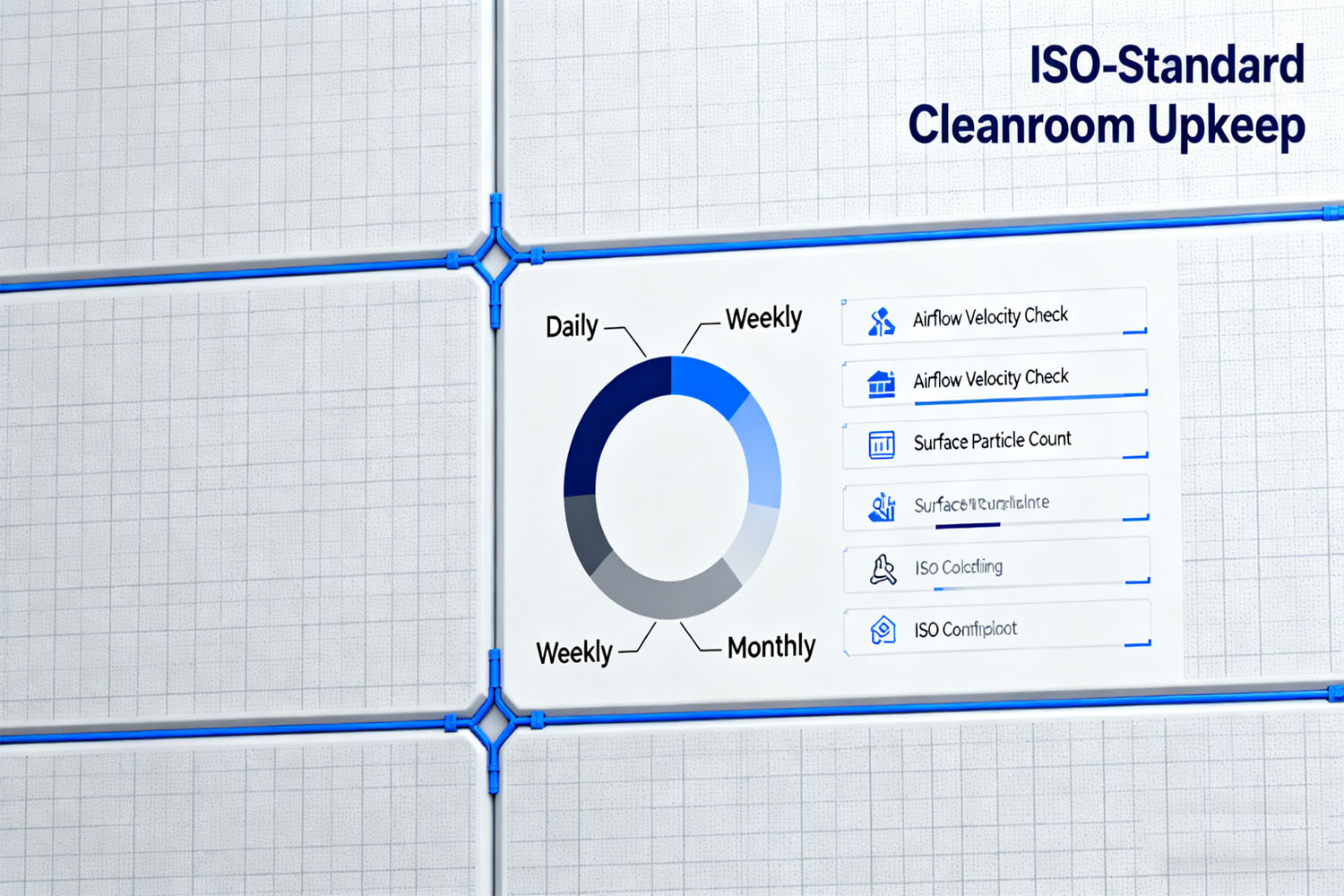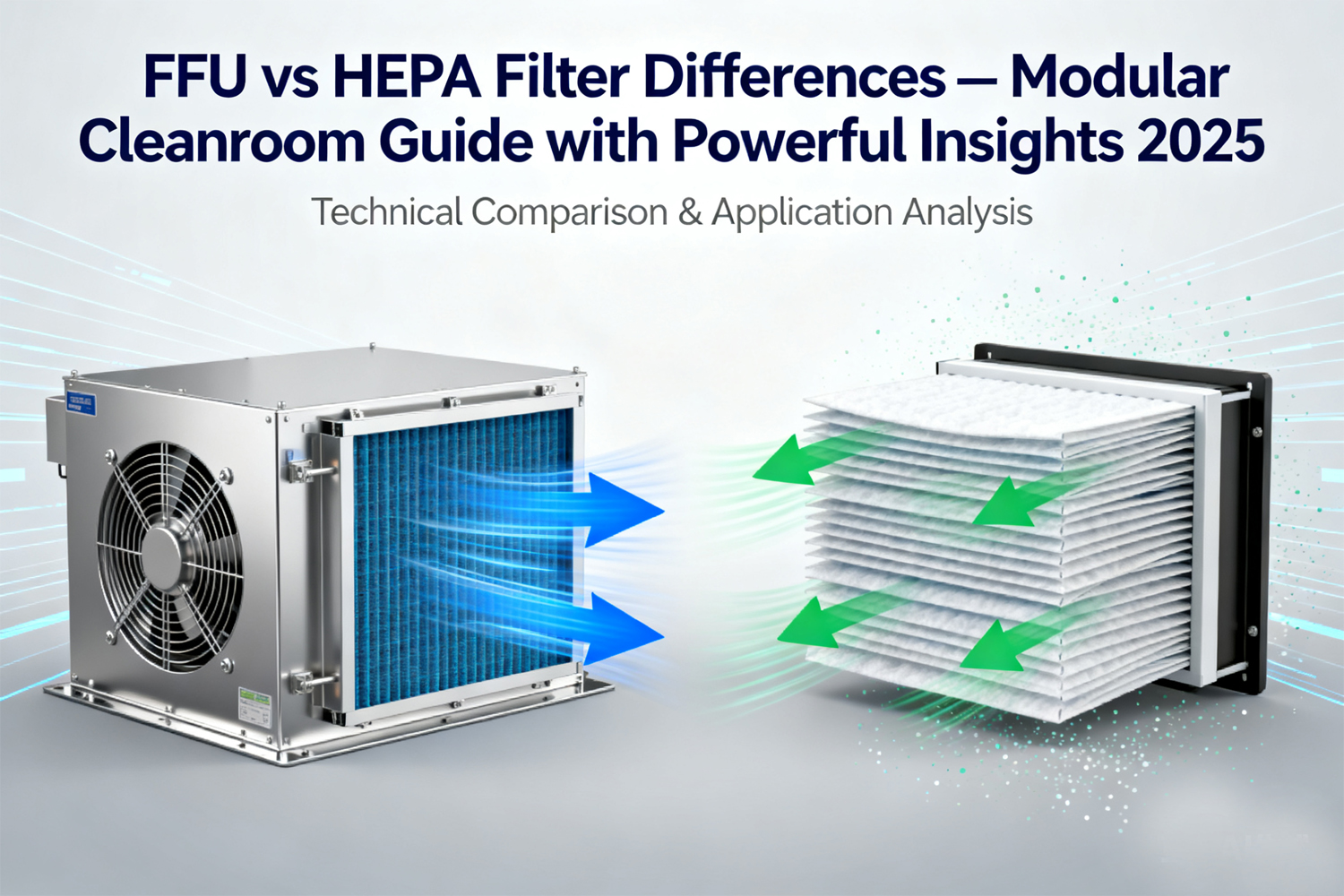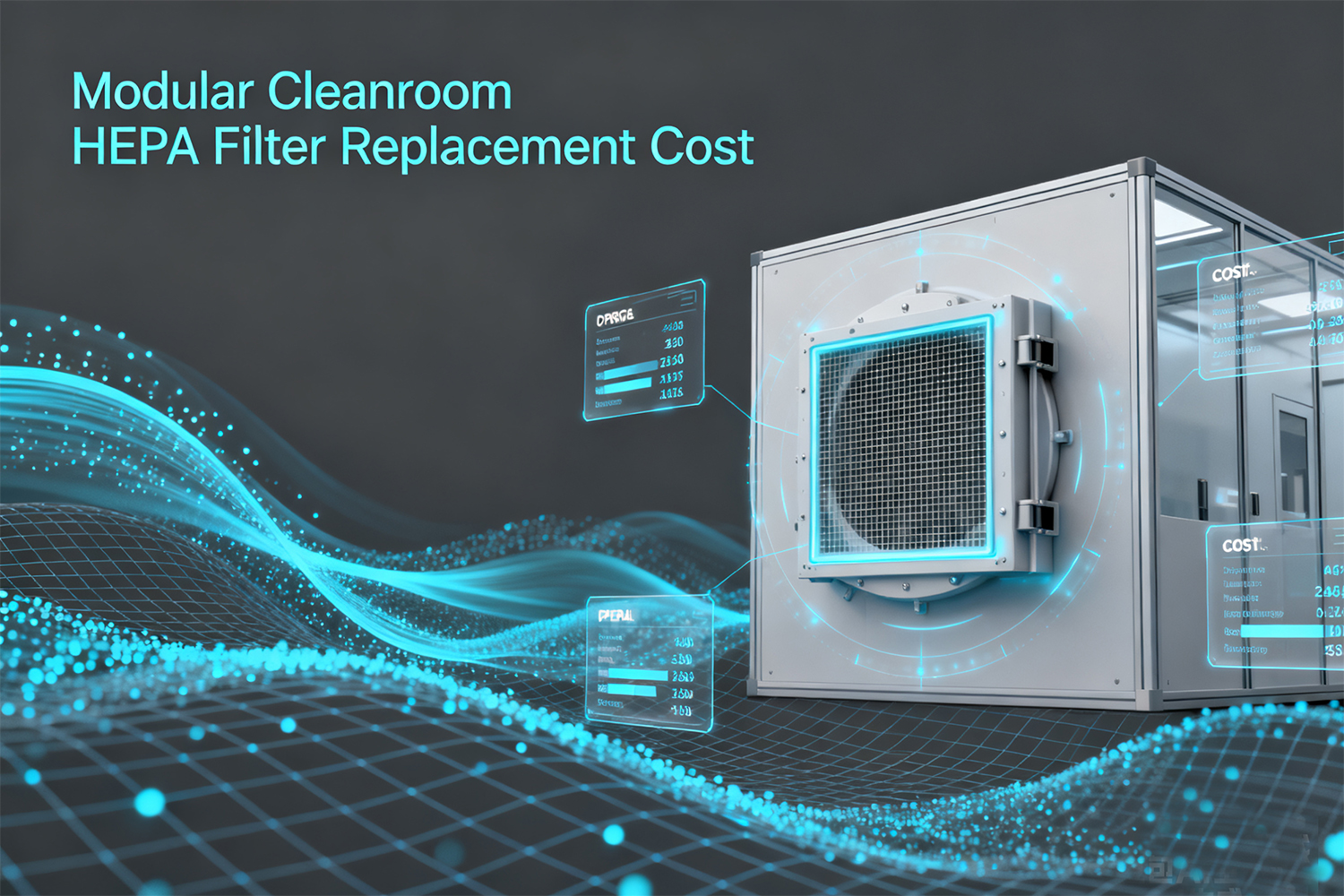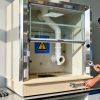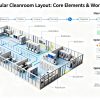Account
-
Safe payment options
We only work with the most secure payment systems.
-
Product return within 30 days
We do our very best to keep our customers happy.
No products in the cart.
You dont have any products in your cart yet, add a few products to experience this experience.
Add $500.00 to cart and get free shipping!
To see and take advantage of all discounted products.
Click HereCategory: Knowledge Center
Cleanroom Panel Types: Comprehensive Analysis and Selection Guide
Introduction: Why Cleanroom Panels Are Critical? Cleanroom panels serve as the fundamental building blocks of controlled environments, playing a crucial role in maintaining cleanliness, fire resistance, thermal insulation, acoustic performance, and chemical resistance. Understanding the different cleanroom panel types available is essential for constructing a facility that meets regulatory standards and operational requirements. The selection
Lab Fume Hood Blower: Selection, Principle, Installation in 2025
Table of Contents Toggle Lab Fume Hood Blower – The Heart of Ventilation System Working Principles and Key Functions Fume Hood Exhaust System Schematic Essential Knowledge Before Selection 1. Classification by Working Principle Centrifugal vs. Axial Blower Structure Comparison 2. Classification by Drive Method 3. Classification by Control Method VAV vs. CAV System Energy Consumption
Lab Fume Hood Installation: Safety Standards & Professional Services
Table of Contents Toggle Introduction: The Importance of Professional Fume Hood Installation Pre-Installation Planning: Foundation for Success A. Fume Hood Type Selection and Matching B. Site Assessment and Environment Preparation C. Utility and Supporting Facility Requirements D. Regulations and Safety Standards: Compliance is Essential E. Budget and Cost Estimation Laboratory Fume Hood Installation Process Details
Modular Cleanroom Layout Design: Key Principles, Steps, and Optimization Strategies
Table of Contents Toggle Introduction Understanding Modular Cleanroom Basics Fundamental Principles of Cleanroom Layout Design 3.1 Unidirectional Flow Principle 3.2 Cleanliness Zoning/Grading 3.3 Pressure Differential 3.4 Maintainability & Cleanability 3.5 Scalability & Flexibility 3.6 Safety & Emergency Key Steps in Modular Cleanroom Layout Design 4.1 Phase 1: Requirement Analysis & Goal Setting 4.2 Phase 2:
Modular Cleanroom Filter Replacement schedule – Influencing Factors and Optimization Strategies
Cleanroom filters serve as the critical defense mechanism in modular cleanrooms, maintaining stringent cleanliness levels essential for protecting sensitive products and personnel from contamination. The modular cleanroom filter replacement schedule represents a fundamental aspect of operational excellence, directly impacting both compliance and cost-efficiency.Establishing a scientifically-backed modular cleanroom filter replacement schedule is particularly crucial for modular
Modular Cleanroom Maintenance Checklist-Free Printable Templates & ISO Compliance
Modular cleanrooms are prefabricated controlled environments essential for industries requiring contamination control, including pharmaceuticals, biotechnology, medical devices, and electronics manufacturing. Proper maintenance is critical for maintaining ISO classifications and regulatory compliance.This comprehensive guide provides a detailed Modular Cleanroom Maintenance Checklist system that covers all critical aspects of cleanroom upkeep. Implementing a structured Modular Cleanroom Maintenance
Modular Cleanroom Flooring — Complete Types, Installation & Selection Guide 2025
Selecting the right Modular Cleanroom Flooring is crucial for maintaining contamination control, electrostatic discharge (ESD) protection, and operational efficiency in critical environments. This comprehensive guide from Deiiang™ experts provides data-driven insights to help you make informed decisions about flooring materials, installation methods, and maintenance protocols for your modular cleanroom applications. Executive Summary: Quick Selection Guide
FFU vs HEPA Filter Differences — Modular Cleanroom Guide with Powerful Insights 2025
Making the Right Choice for Your Modular Cleanroom When designing modular cleanrooms, understanding the critical FFU vs HEPA filter differences becomes essential for optimal performance and cost-efficiency. This comprehensive guide from Deiiang™ experts provides data-driven insights to help you make informed decisions between Fan Filter Units (FFUs) and centralized HEPA filtration systems. Quick Decision Guide
Modular Cleanroom HEPA Filter Replacement Cost: Save 20% with Our Complete Price Guide
Table of Contents Toggle Introduction / TL;DR Quick Cost Overview Standard HEPA Filters FFU HEPA Filters Labor & Installation Annual Cost Range Cost Breakdown A. Filter Purchase Cost (Unit Cost) B. Labor Costs C. Verification & Testing Costs D. Supply Chain & Logistics Fees E. Disposal & Handling Costs F. Indirect Costs Replacement Frequency &
Modular Cleanroom Doors & Windows — Essential 7‑Point Specifications, Selection & Quick Installation Guide
Proper selection of modular cleanroom doors and modular cleanroom windows is critical for maintaining controlled environments. These components directly impact air tightness (≤0.5 L/s·m² leakage), personnel flow (15-20 seconds cycle time), cleaning validation, and overall facility safety. This guide provides comprehensive technical specifications, including detailed performance tables, CAD integration details, and maintenance protocols for optimal




